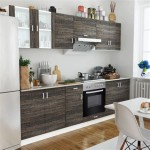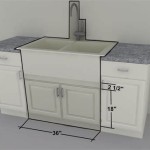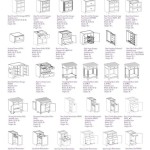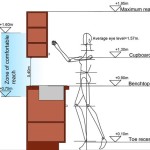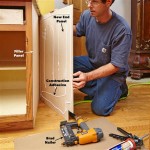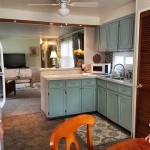Transitional Kitchen Cabinets: A Balancing Act of Style and Function
Transitional kitchen cabinets play a pivotal role in shaping the overall aesthetic and functionality of a kitchen. They seamlessly blend traditional and modern elements, creating a timeless and versatile design that complements a wide range of home décor styles.
To achieve the perfect transitional kitchen, it is essential to consider several key aspects of cabinet design, including material, finish, hardware, and configuration. Each element contributes to the overall style and functionality of the space, ensuring a harmonious and inviting kitchen.
Material: A Symphony of Durability and Elegance
The material used for kitchen cabinets forms the foundation of their durability and aesthetic appeal. Transitional cabinets often utilize a combination of wood and other materials such as metal or glass. Real wood, like oak or maple, provides a timeless warmth and natural beauty, while engineered wood offers durability and affordability.
Finish: A Canvas for Personal Expression
The finish applied to the cabinet's material can transform its appearance and enhance its functionality. Painted finishes come in a vast array of colors, from soft neutrals to bold hues, allowing homeowners to customize their kitchen to reflect their personal style. Glazed finishes add depth and character, while distressed finishes create a vintage or weathered look.
Hardware: The Jewels of Functionality
Cabinet hardware, such as knobs and handles, serves both a functional and decorative purpose. Transitional hardware often features a combination of clean lines and subtle ornamentation, adding a touch of elegance without overwhelming the design. The choice of hardware can also enhance the overall functionality of the kitchen, providing a comfortable grip and smooth operation.
Configuration: Maximizing Space and Style
The configuration of kitchen cabinets plays a crucial role in optimizing space and creating a functional layout. Transitional kitchens often incorporate a mix of upper and lower cabinets, as well as specialized features like corner cabinets and pantries. Careful planning and design ensure that cabinets provide ample storage, while maintaining a cohesive and visually appealing design.
Conclusion: A Timeless Fusion for Every Kitchen
Transitional kitchen cabinets offer a perfect balance of traditional charm and modern sophistication, creating a kitchen that is both stylish and functional. By considering the essential aspects of material, finish, hardware, and configuration, homeowners can achieve a transitional kitchen that complements their home décor, enhances their daily routine, and becomes the heart of their home.

How To Create A Transitional Kitchen 23 Timeless Ideas

Transitional Kitchen Cabinets Of The Desert

Cabinet Styles For A Transitional Kitchen Hs Design Build

The Ultimate Guide To Creating A Transitional Kitchen

Traditional Vs Transitional Kitchen Design

What Is A Transitional Kitchen And How It Diffe

Kitchen Design Differences Gilmer Kitchens

Modern Kitchen Cabinets For A Posh And Sleek Finish

Elements Of A Transitional Kitchen Hs Design Build

Transitional Kitchen Cabinets Of The Desert
Related Posts

